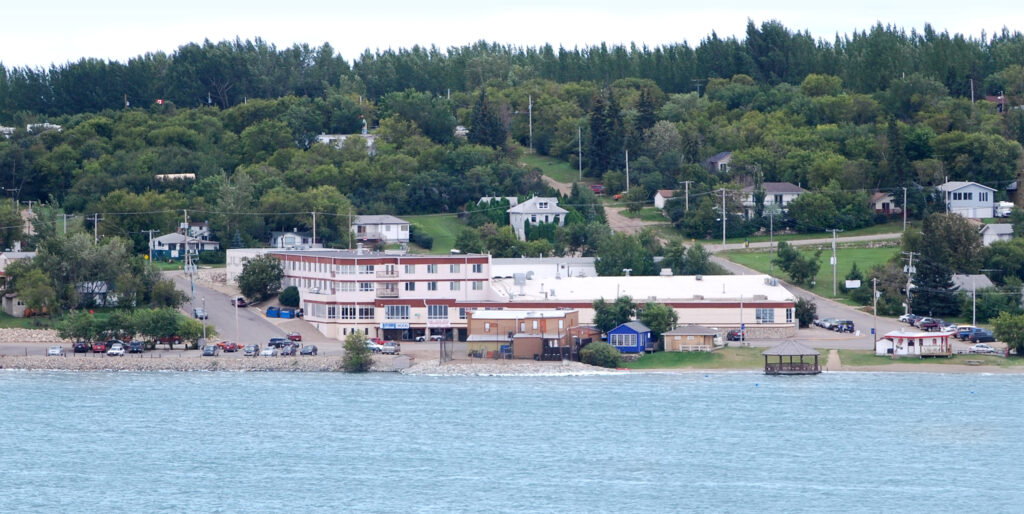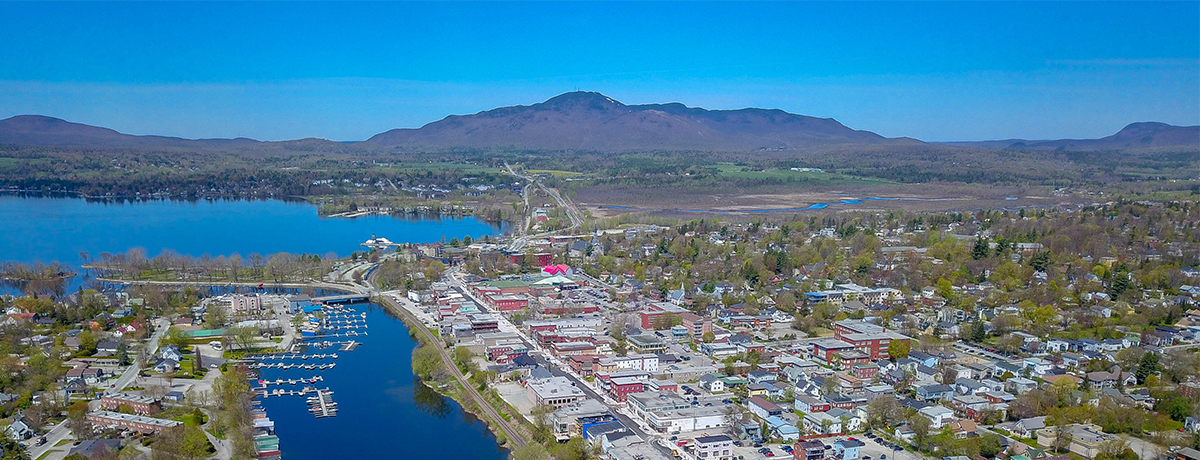Several years ago, I put together a list Canada’s best small towns and communities, a subjective endeavor that has proved to be popular in the wake of the country’s on-going housing and affordability crisis. Why struggle in a large, expensive city when there are beautiful and welcoming towns scattered around the country, offering opportunities and a high quality of living? With that in mind, here’s another installment of Canada’s best small towns: places that I too could see myself living in one day.
Serving the growing Comox Valley community (which encompasses Courtenay, Comox, Cumberland, and further away Campbell River), Courtenay is located an easy two-hour drive from the Nanaimo ferry terminal, and is serviced by an airport and seaplane terminal. The riverside town has a population of around 26,000, with all the modern amenities you would expect in a large city, such as a Costco, Home Depot and cinema – but with way less people, traffic, or expense. It’s known for its outdoor recreational opportunities, vibrant art and culture community, and a year-round mild climate. There are micro-breweries, some great restaurants, a colourful downtown core, fantastic public amenities, and a high quality of living. Victoria and Nanaimo have rocketed in population and price. With its proximity to beaches, forests and mountains (the Mount Washington Alpine Resort is 30 minutes’ drive away), many believe Courtenay is destined to be next.
Surrounded by the Canadian Rockies, Canmore is a gateway to Banff National Park, with a population of about 14,000. Just an hour’s drive from Calgary and less than 20 minutes from the Banff townsite, the mountain community has easy access to world-class hiking, skiing, and mountain biking. Over the years, Canmore’s population has grown and brought with it an arts scene, better and diverse culinary options, and a more dynamic community, all centred around outdoor adventure and activity. I know a few people who live in Canmore, they love it, and wouldn’t want to live anywhere else!
Located in eastern Ontario with a population of about 5000, Almonte is a heritage and arts hub located along the scenic Mississippi River (not to be confused with the Mississippi in the United States!). Almonte’s historic buildings and old-world streets make it a lovely place to visit, and the town has stood-in as a location for Hallmark movies set in Vermont and Alaska. It has technically been absorbed into the town of Mississippi Mills and the communities of Pakenham and Ramsay, increasing access to services. It’s got thriving locally owned stores, and fun fact was the home of Dr James Naismith, the inventor of basketball. Almonte is located less than an hour’s drive from Ottawa.

Located in central Saskatchewan about 100km east of Saskatoon, Watrous has a small population of about 1850 residents. A service town for prairie farmland, it also better known for Little Manitou Lake, the “Dead Sea of Canada” that I’ve covered on this blog and in my books. It’s a chill place to live (figuratively and literally in the winter months), with many of the amenities found in a larger town, including a modern hospital, schools, banking, restaurants and community recreational facilities. It also has an RCMP detachment for the almost ‘non-existent crime’ – as their town website helpfully reminds us. Beyond agri-business, tourism for the unique lake and adjacent spa-resort brings $20m into the local economy every year.

Surrounded by mountains, Magog is a town found on the shores of Lake Memphremagog, the province’s largest freshwater lake. It has a population of approximately 28,000, and while the name Magog appears in the Bible as a hellish town of sin, the Quebec version got its name from an Indigenous word for the lake. It’s an all-season destination, known for its parks, walking paths, boating, boutiques, galleries and restaurants. The town is located about 120 km east of Montreal, and is a popular resort area in the province. You’re going to have brush up on your French, the first language of 92% of the population. Magog has a low cost of living, a low crime rate, and positive home affordability. Despite its proximity to affluent summer lake country and other attractions in the Eastern Townships, it remains a working-class community.
On the southwestern coast of Prince Edward Island you’ll find the province’s second largest and fastest growing city. Summerside, with a population of around 15,000, is a waterfront community that is actively courting new residents, offering a rich cultural heritage, excellent health and safety stats, and a full range of services. PEI’s international airport is 45 minutes away, and you’re 20 minutes’ drive from the Confederation Bridge. Summerside has one of the lowest utility, sewer access, and property taxation rates in Canada, and its commitment to sustainability and community amenities result in a very high standard of living. Real estate prices are low, it receives hundreds of thousands of tourists each summer, and the town is currently undergoing a notable economic expansion.
The economic hub of southern Manitoba, Winkler is technically the province’s fourth largest city, with a population shy of 14,000. It is known its strong community spirit, family-friendly events, and access to outdoor activities. With a youthful population (Statcan calls it “Canada’s youngest census agglomeration”) and fueled by manufacturing and service industries, Winkler has low crime, low property prices, and plenty of recreational facilities. Together with nearby Morden, the combined Morden-Winkler area markets itself as a healthy living destination, with farm-to-table restaurants, all-season activities, and various concerts, events and harvest festivals.
Smithers is a fun, quirky northern town full of character, with much to offer those into the great outdoors. Expect a lot of fishing, downhill and cross-country skiing, canoeing, kayaking, mountain biking, snowmobiling etc etc, but also farmers markets and art galleries, eclectic coffee shops, delis, restaurants and summer music festivals. With a population of about 5,400 residents, the town is located between Prince Rupert and Prince George, and is also serviced by air and train. Smithers has an alpine theme, complete with a statue of a horn-blowing mountain man on its main commercial strip, and a bylaw requiring businesses downtown to follow an alpine building style. It’s seen steady population growth among those looking for an active, affordable lifestyle, but like the rest of British Columbia, does have some housing challenges.
